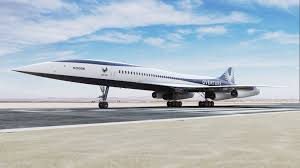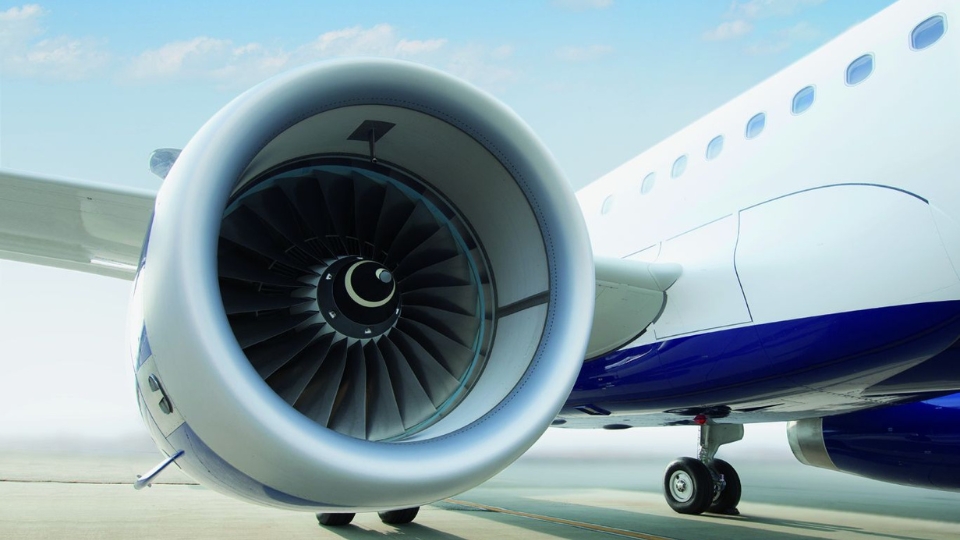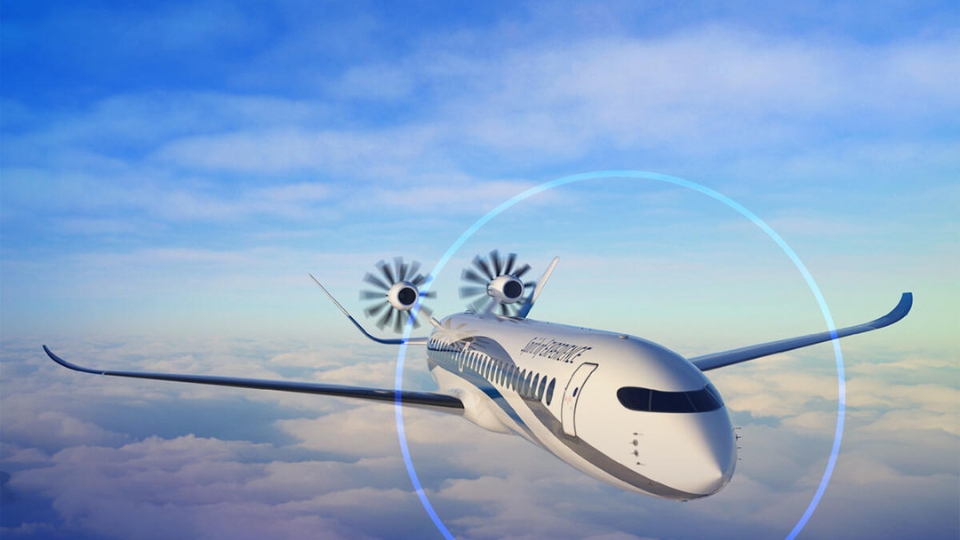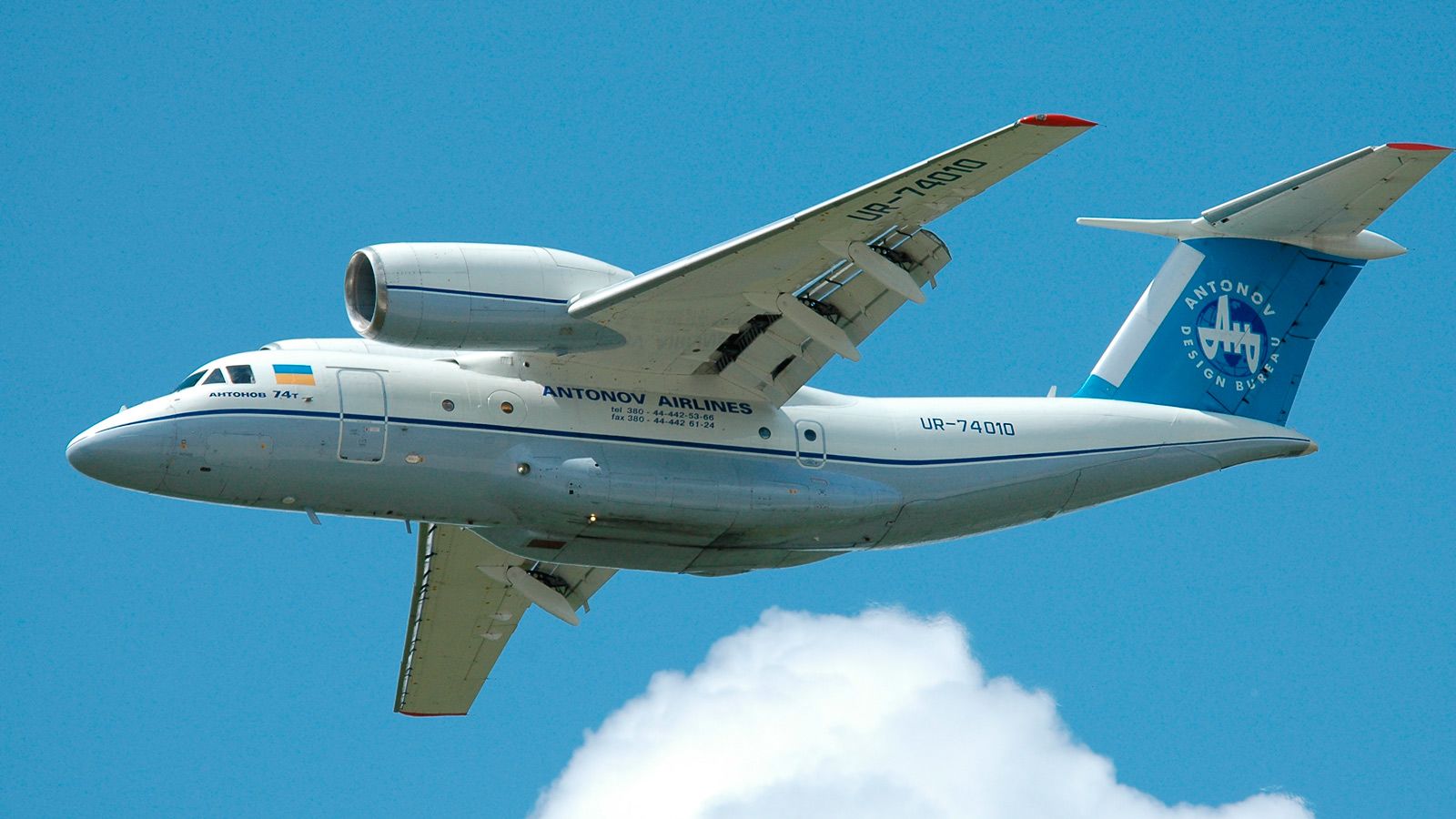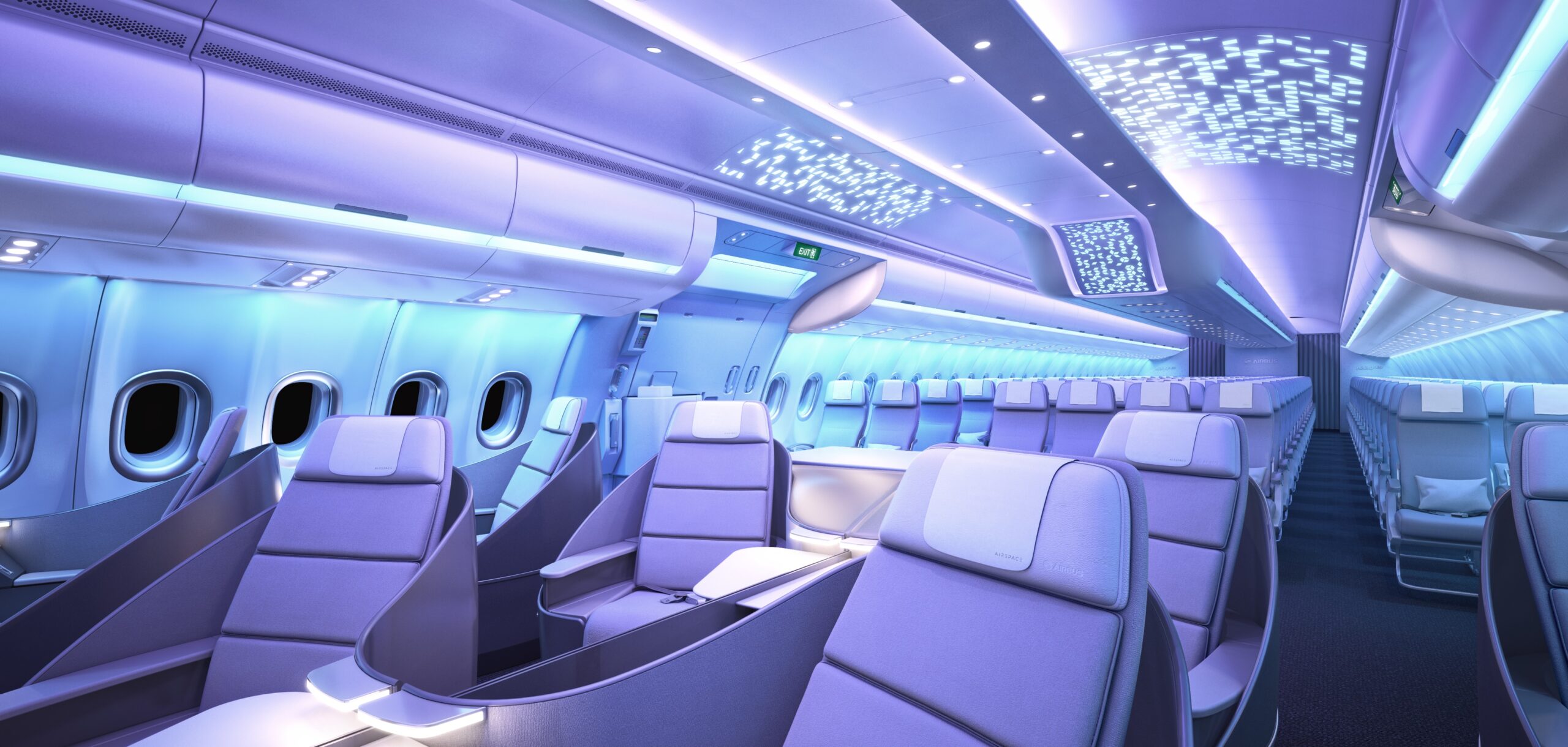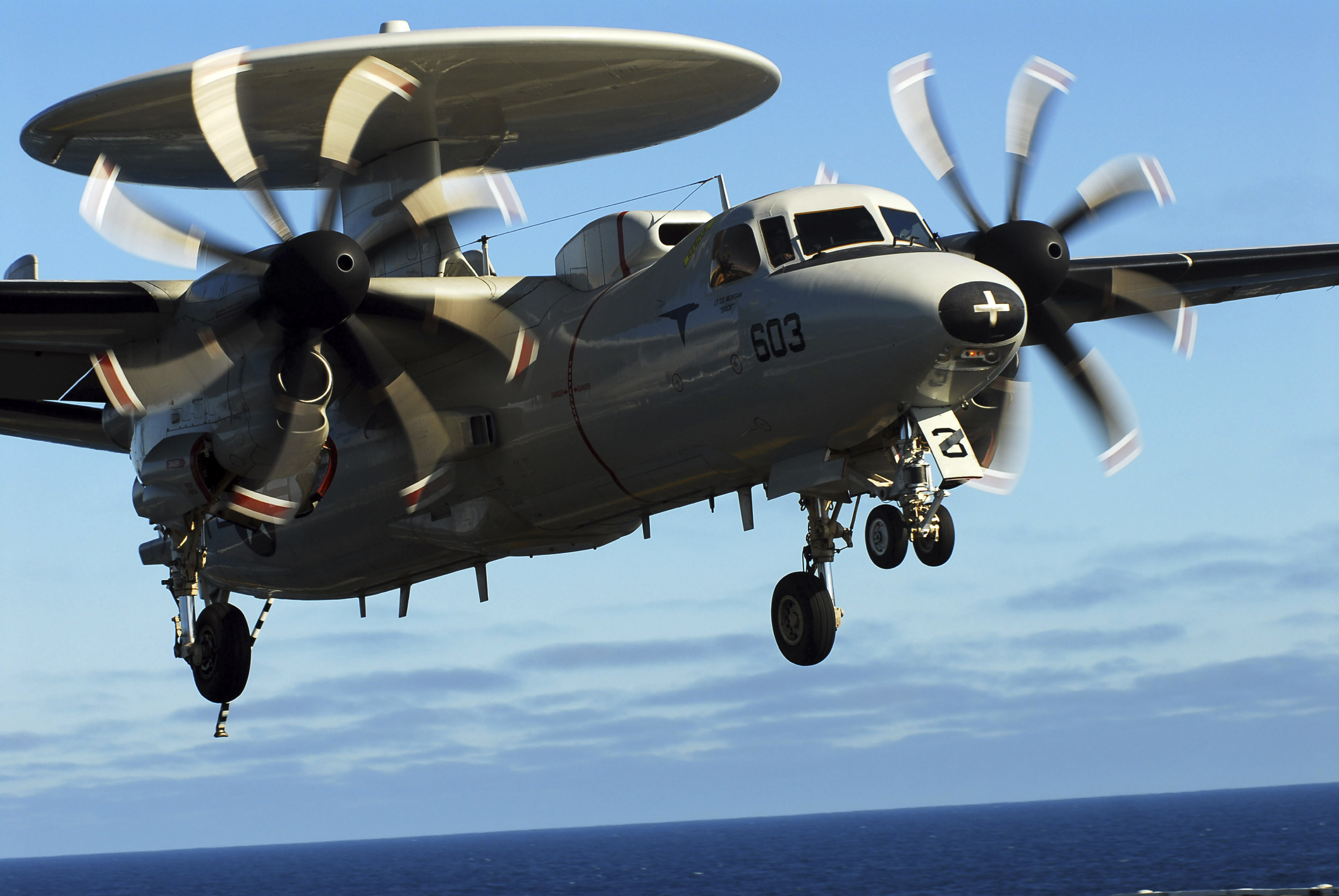The dream of faster air travel is returning. Supersonic aircraft bring speed back to skies by drastically reducing flight times, connecting distant cities in hours rather than half a day. With advances in aerodynamics, materials, and engine technology, the new generation of supersonic jets promises to revolutionize both business and leisure travel.
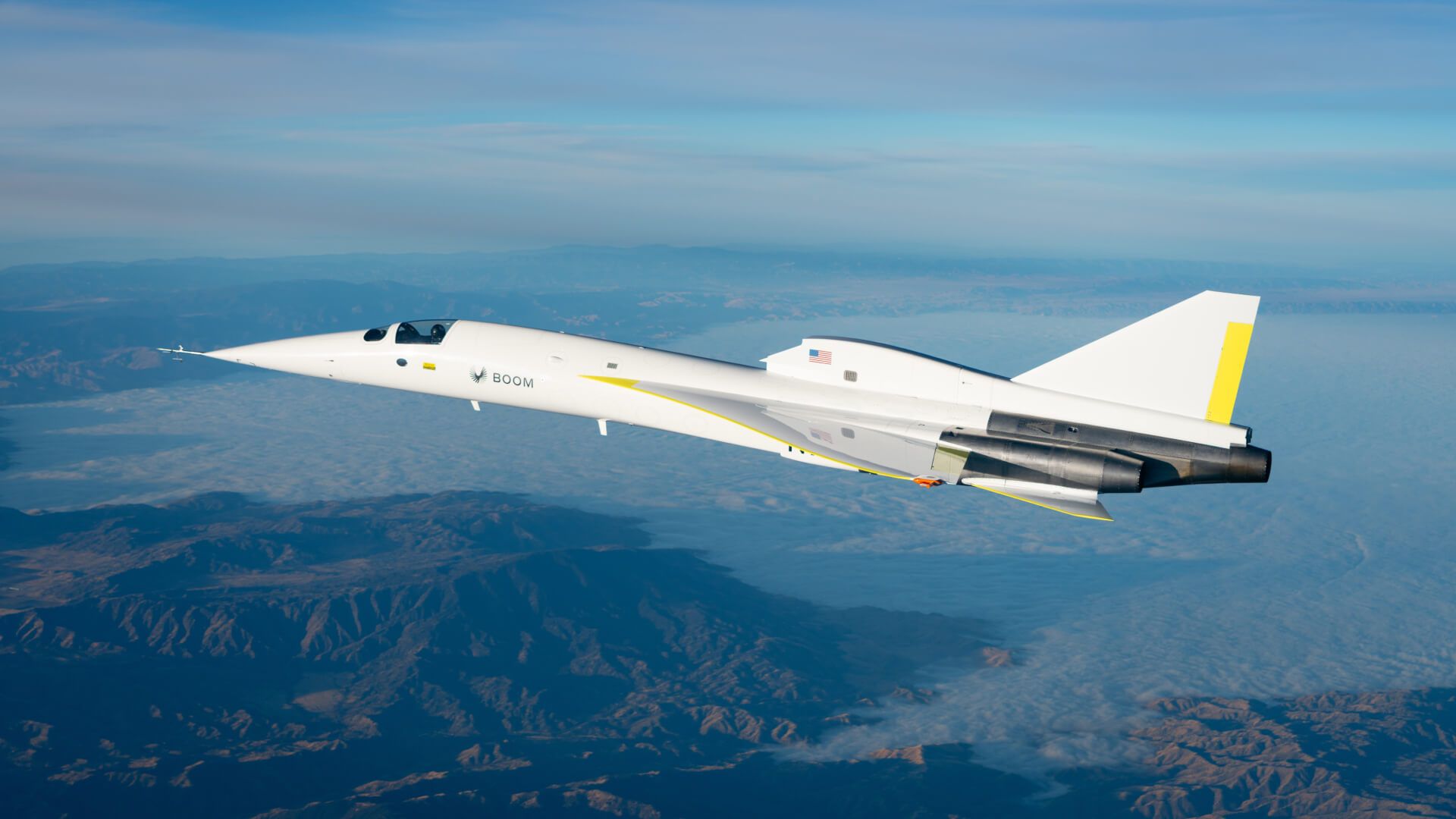
Supersonic aircraft bring speed back to skies
The Evolution of Supersonic Flight
Supersonic aircraft fly faster than the speed of sound, breaking the Mach 1 barrier. While the Concorde captured global attention decades ago, technological limitations and environmental concerns grounded commercial supersonic travel. Modern advancements, however, are reigniting interest, making supersonic flight safer, more efficient, and more environmentally conscious.
Example:
Boom Supersonic and Aerion Supersonic are developing jets capable of flying at speeds over 1,700 mph, connecting cities like New York and London in under four hours.
Benefits for Business Travel
Supersonic jets redefine business travel by reducing long-haul flights from 7–8 hours to just a few. This speed allows professionals to attend meetings across continents in a single day, increasing productivity and enabling more efficient global operations.
Example:
A CEO can attend a morning meeting in London and return to New York by evening, avoiding overnight travel and gaining extra working hours.
Advantages for Leisure Travelers
Leisure travelers also benefit from supersonic speed. Shorter flight times make distant destinations more accessible, enabling spontaneous trips and extended vacation time. Travelers can spend more time at their destination and less time in transit, enhancing overall travel experiences.
Example:
A tourist could fly from Los Angeles to Tokyo in roughly six hours instead of the typical 11–12, enjoying more time exploring and less time in transit.
Technological Innovations
Modern supersonic aircraft rely on advanced materials, lightweight composites, and efficient engines to balance speed and fuel efficiency. Noise reduction technologies and aerodynamically optimized designs also address environmental and regulatory concerns, helping supersonic travel gain approval in various regions.
Example:
New engine designs minimize sonic booms, allowing supersonic flights over populated areas without disturbing communities below.
Environmental Considerations
Supersonic travel historically faced criticism for fuel consumption and emissions. Today, companies are exploring sustainable aviation fuels and hybrid-electric propulsion to reduce the environmental footprint. Balancing speed with sustainability is a key focus for future supersonic aircraft.
Example:
Boom Supersonic plans to use carbon-neutral fuel, aiming to achieve faster travel while minimizing carbon emissions per passenger.
Challenges and Opportunities
Despite advancements, supersonic travel still faces challenges including high ticket costs, limited seating, and regulatory hurdles. However, growing demand for faster travel, combined with innovative solutions to reduce costs and emissions, presents significant opportunities for airlines and manufacturers.
Example:
Business-focused airlines may initially target premium travelers for supersonic routes, gradually expanding accessibility as technology and production scale improve.
Conclusion
Supersonic aircraft bring speed back to skies by transforming long-haul travel into a more efficient, productive, and exciting experience. With modern innovations addressing past challenges in fuel efficiency, noise, and sustainability, supersonic jets are poised to redefine both business and leisure travel. As these aircraft enter commercial service, passengers can look forward to faster connections, greater convenience, and a new era of aviation that blends speed, technology, and global connectivity.

